Portugal is the perfect destination for a road trip or a self-drive holiday. The beautiful coastlines of the Alentejo and Algarve, in particular, are best explored with your own vehicle.
Renting a car in Portugal will also give you the chance to visit traditional villages and national parks inland that are normally hard to reach by public transportation.
I’ve lived in Portugal for several years now, so I can share with you some first-hand tips on driving or renting a car in Portugal.
Search for car rental deals on Discovercars.com
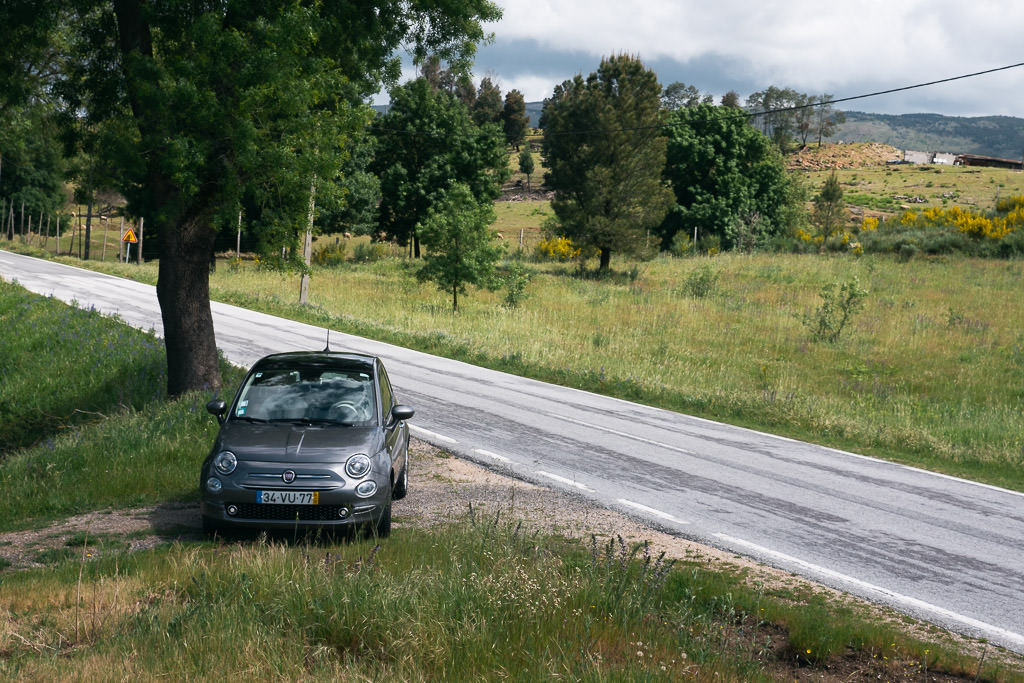
1. The quality of the roads is quite good
Concerned about the roads? There’s no need to be.
Even though Portugal suffered plenty of economic problems in past decades, the roads are generally quite well-maintained.
You may find some crumbly roads if you go off the beaten path in the countryside. Some of the streets in cities like Lisbon can be quite cracked and uneven as well, or the road markings need a new lick of paint. However, the motorways (highways) and main roads tend to be in great condition.
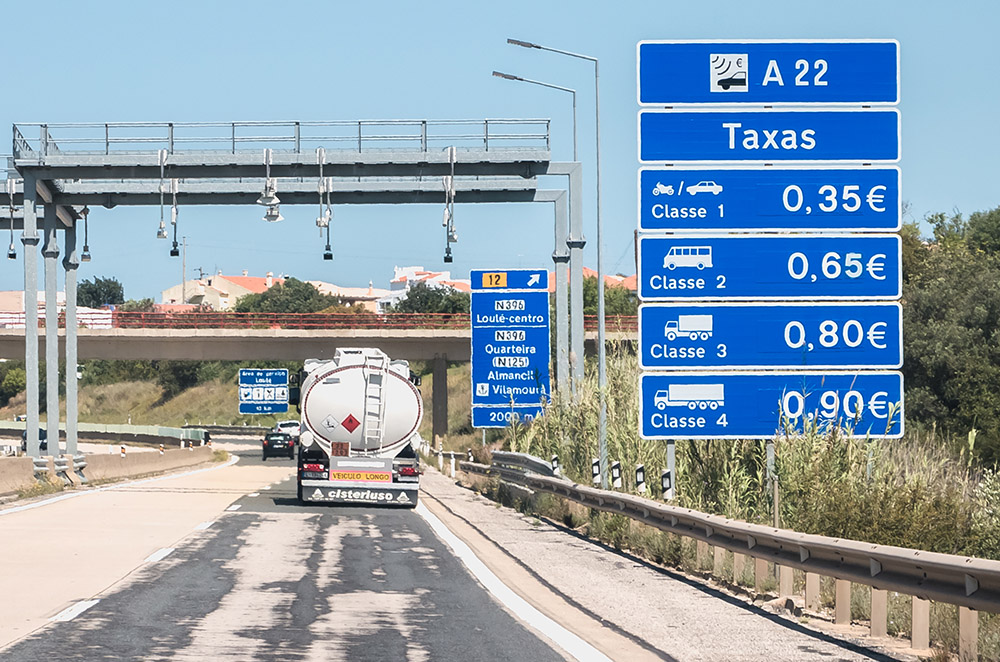
2. There are many toll roads
While the quality of the main motorways is good, you do often have to pay for it! To drive from Lisbon to the Algarve via toll roads, for example, count on spending about €30.
Most of the main arteries running north-south across Portugal are toll roads. The main bridge out of Lisbon is also a toll bridge.
It is now mandatory for all short-term rental cars in Portugal to be equipped via a Via Verde transponder so you can pay electronically for your use of toll roads. Some of the toll roads only use this system and don’t let you pay in cash or by card, but in any case, your rental car must be equipped with Via Verde. You can then enter through any lanes marked with a green “V” icon without having to stop.
Car hire companies may charge extra for the Via Verde, which may not be clear when you’re reserving one on a booking site like DiscoverCars. With a recent booking of ours, it added €1.85 per day, up to a maximum of 10 days.
3. It’s good to book early
Booking your rental car early will usually get you a better price. In certain parts of Portugal, especially the islands (Azores and Madeira), there is also a limited stock of cars available, making it wise to book well ahead of time.
This is doubly true if you’re American and wish to drive automatic, as most cars available are manual.
I recommend comparing prices from all the different car rental companies using Discover Cars.
Search and compare rental prices below:
4. Drivers aren’t crazy like in Italy (but…)
Some foreigners are worried that Portugal’s driving style might be similar to that of Mediterranean countries like Greece or Italy, which have a reputation for chaotic and irresponsible drivers.
I’d say that the Portuguese drivers are in no way as anarchic as in certain other southern or eastern European countries. However, they won’t always stick to the rules amazingly well either — at least, compared with driving behavior I’m used to seeing in The Netherlands or the UK.
Minor things can also be different: for instance, not all drivers will indicate when manoeuvring between lanes, only when taking turns.
Drunk driving can also be a problem in Portugal, especially in rural areas, so it’s always best to drive cautiously.
5. You don’t need a car in Lisbon or Porto
There is no need to have a car in these cities as there are many other modes of transport available. Besides, the road layouts can be confusing if you don’t live there, and parking can be difficult or expensive.
If you’re staying in the cities on your trip, I recommend you just drop off your car and explore the cities by foot, public transit, or by taking cheap rideshares with Uber or Bolt (getting from one side of the historic center to the other by rideshare costs around 5 to 10 Euro).
To travel between Lisbon and Porto, it’s very comfortable to do so by high-speed train (this takes about 3 ½ hours and €25 per person).
That said, it’s a lot of fun to explore various regions of Portugal by car. Some of my favorites are the Vicentine coast, the Geres National Park and surrounding regions, and the central mountain range of the Serra da Estrela. Having a car is highly recommended on the islands as well; check out my tips for driving a car on Madeira.
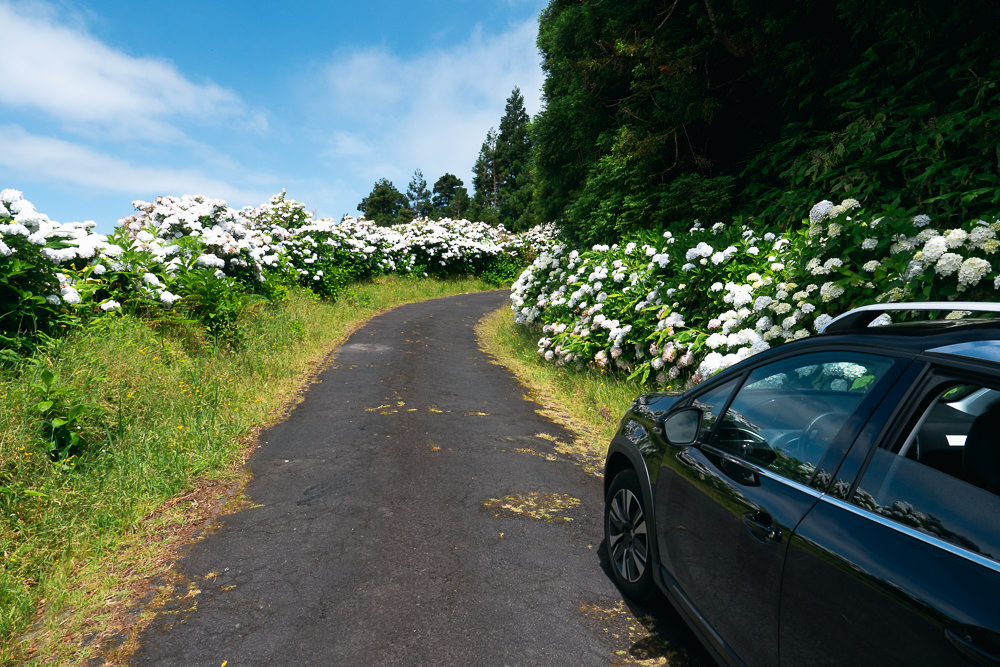
6. Diesel and petrol are easily confused
The Portuguese words for diesel and petrol are a bit similar, which can lead to confusion, especially if you’re not paying close attention.
Gasolina is petrol.
Gasóleo is diesel.
If your car runs on petrol, look for the 95 or 98 signs indicating unleaded petrol.
7. It’s wise to hide your belongings
Although Portugal is not known for unusually high criminality, theft does exist in Portugal and so it’s wise to not give anyone ideas.
Keep luggage in the back underneath the cover, or take your belongings with you while you’re sightseeing.
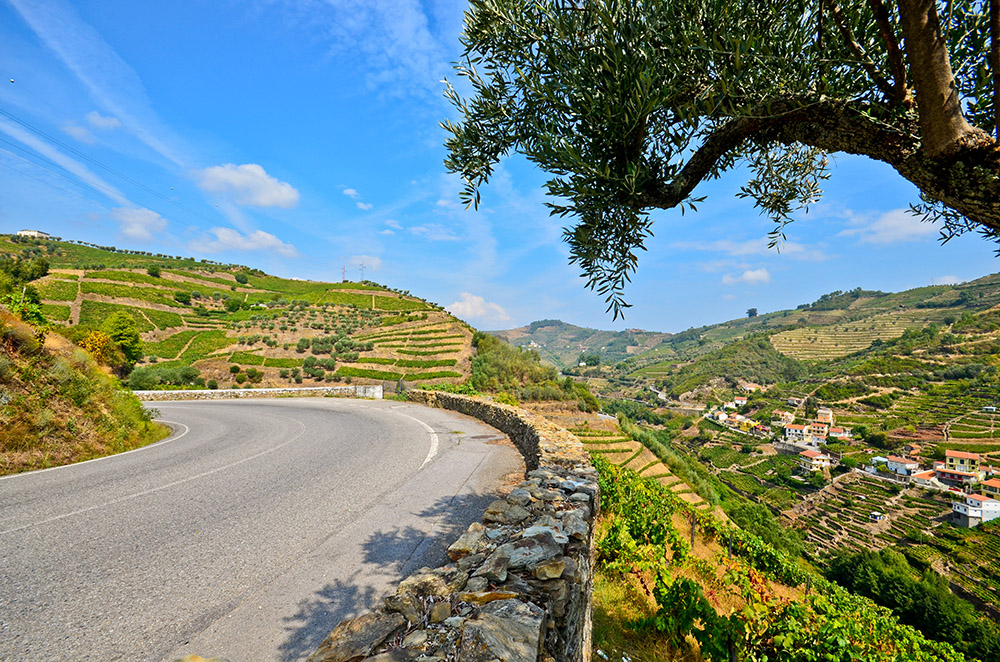
8. There are good deals on car rentals
You can find good deals for car rentals in Portugal. For example, a compact car might cost around €20 a day including insurance.
Do keep in mind this is highly seasonal; in the summer, it could cost twice as much, while in the winter you can often get crazy cheap deals. (I once rented a car for €5 a day in winter!)
9. Fuel is relatively pricey
To the chagrin of many Portuguese, the local fuel prices in the country are rather high, often being thought of as a “stealth tax” on the public. Fuel prices are regularly ranked among the top in Europe, despite Portugal being a low-wage country.
As a tourist you are not as likely to be bothered by the fuel prices. That said, if you find yourself anywhere near Spain, consider getting a full tank across the border, where fuel can easily cost 30% less.
Wondering where you should go on your Portuguese road trip? Check my recommended 3 road trip routes for Portugal.
Some links may be affiliate links, meaning I may earn commission from products or services I recommend. For more, see site policies.
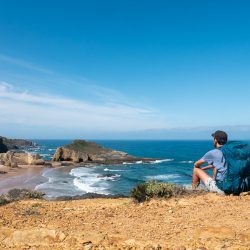
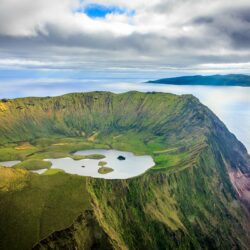




0 comments
Leave a comment
Your email address will not be published. Comments are manually moderated.